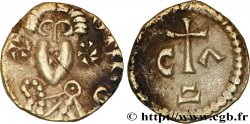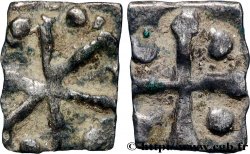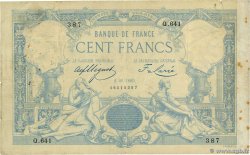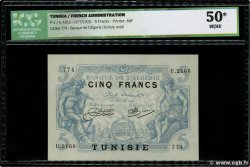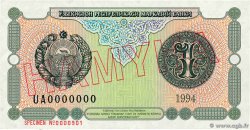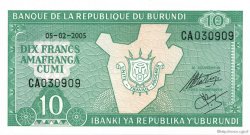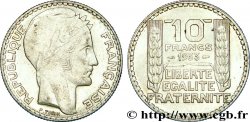bmv_423479 - CHALON-SUR-SAÔNE (CABILONNUM) - Saône-et-Loire Denier
Not available.
Item sold on our e-shop (2017)
Price : 350.00 €
Item sold on our e-shop (2017)
Price : 350.00 €
Type : Denier
Date: (VIIIe siècle)
Date: s.m.
Mint name / Town : Chalon-sur-Saône (71)
Metal : silver
Diameter : 13 mm
Weight : 1,23 g.
Rarity : R2
Coments on the condition:
Bel exemplaire homogène sur un flan large. Patine brune
Catalogue references :
Obverse
Obverse legend : ANÉPIGRAPHE.
Obverse description : Croix à six branches dans un grènetis.
Reverse
Reverse legend : ANÉPIGRAPHE.
Reverse description : Croix cantonnée d’un globule dans chaque canton.
Commentary
Cette monnaie de billon illustre l’ultime dégénérescence du monnayage de Chalon, avec la conservation des types de droit et de revers, mais sur un flan vil et sans légende.
Cette monnaie correspond au n° 149 de l’étude de Ponton d’Amécourt. Ce type pourtant bien particulier n’est même pas repris dans le Belfort.
Il est intéressant de noter qu’une monnaie de ce type, mais d’un poids inférieur, a été retenue par M. Dhénin et P. Schiesser (RN 2007, n° 10 page 287) comme obole.
Tous les deniers de Chalon dérivent du bronze TEVDEBERTE / CA-BI-LON-NV (cf. Ponton d'Amécourt, pl. VI, n° 132) attribué à Théodebert Ier. La croix à six branches est considérée par certains comme étant un chrisme. Les deniers épigraphes de Chalon sont classés selon le nom inscrit au droit ; BADOINVS, MVMMOLVS, MAROL, BIL...INVS, ABBO, NERTVNVS, INPORTVNVS ou BOBO. Mis à part cette inscription du droit, l'évolution de l'épigraphie CABILONNO, au revers, permet de proposer une datation relative. La chronologie proposée par Ponton d'Amécourt est la suivante ; CA BI LON NV, CA BIL ON NO, CA BL ON NO, puis enfin CA BLO NN O+.
Cette monnaie correspond au n° 149 de l’étude de Ponton d’Amécourt. Ce type pourtant bien particulier n’est même pas repris dans le Belfort.
Il est intéressant de noter qu’une monnaie de ce type, mais d’un poids inférieur, a été retenue par M. Dhénin et P. Schiesser (RN 2007, n° 10 page 287) comme obole.
Tous les deniers de Chalon dérivent du bronze TEVDEBERTE / CA-BI-LON-NV (cf. Ponton d'Amécourt, pl. VI, n° 132) attribué à Théodebert Ier. La croix à six branches est considérée par certains comme étant un chrisme. Les deniers épigraphes de Chalon sont classés selon le nom inscrit au droit ; BADOINVS, MVMMOLVS, MAROL, BIL...INVS, ABBO, NERTVNVS, INPORTVNVS ou BOBO. Mis à part cette inscription du droit, l'évolution de l'épigraphie CABILONNO, au revers, permet de proposer une datation relative. La chronologie proposée par Ponton d'Amécourt est la suivante ; CA BI LON NV, CA BIL ON NO, CA BL ON NO, puis enfin CA BLO NN O+.








 Report a mistake
Report a mistake Print the page
Print the page Share my selection
Share my selection Ask a question
Ask a question Consign / sell
Consign / sell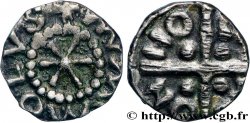
 Full data
Full data